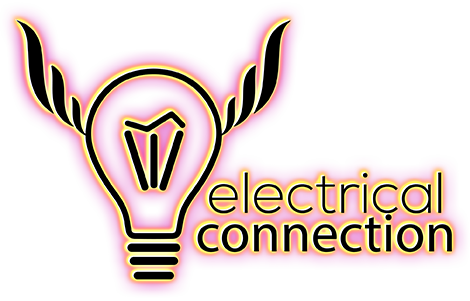So we had been holding off from releasing certain items for the new bike until we could review the ETM and schematics for the bike. After doing so, we have determined that Electrical Connection will not make items that plug and play into the factory wiring where the accessory will draw power from the factory wiring, except where Honda designed it in (fog lights/puddle lights). Here is why.
We like you as customers and don’t want to sell you something that could damage very expensive things on your bike. Aka, computers and CanBus.
So how many computers (modules) are on the 2018 Goldwing / Tour?
6 Speed – NINE; Smart Control module, Front module, Rear module, Combination Meter (Display), Audio/Nav module, Traction Control module, Engine Control module, Switch Panel, Reverse Control module and ABS module.
DCT – TEN; adds TCM module.
Airbag – ELEVEN; adds Airbag module.
While most CanBus systems eliminate fuses, the 2018 Goldwing still has some. Some. Not all. With that said, the power out from the fuse goes into the ‘controllers’ (module), and then out to the item or part. The module is a component in this chain. Why is this of relevance? Read on…
CanBus monitors each circuit. What and how it is done varies on the code that vehicles has. Currently, no one I’m aware of other than Mother Honda knows that code for the new Goldwing. But here is what most other CanBus systems monitor.
~too much current draw (too much power as in a short or overload)
~not enough current draw (a part is not working, therefore not using power)
~connected to the computer (the computer sends out current to a part to ensure it’s connected)
Let’s take a completely made up tail light circuit. The vehicle manufacturer says the light should draw a minimum of 0.75 amp and a maximum of 1.25 amps and normally a 1 amp load. If you add lights to the circuit that take the load over 1.25 amps, the computer monitoring the circuit would shut it off thinking there is a short because it’s over the load allowed. Normally some kind of indicator would show up on the dash to let you know about this, but it’s not going to say “hey you have added too many lights.” You might get something like “TAIL OUT” or “CHECK REAR LIGHT”.
A worse possible scenario. Your new light gets a pinched wire when it’s installed or there is a failure on the PC board where the LEDs are. This causes a short. You have now put the bike’s light circuit in this problem. More than likely, it should shut down the circuit in the computer module. Fix the problem, turn the key off and on and the computer will reset. Worst case you damage one of the modules on the bike. They only average $400. Plus all the labor that you will be out of pocket on as the tech will have to be good enough to find the problem as the bike’s diagnostic won’t tell him it’s the accessory and not the bike. And your warranty won’t cover this expense. Parts or labor.
We have decided that we are going to offer a complete separate system to power any and all of your added lighting products. For anyone with a trailer isolator, you simply add our Power Distribution Module. Connect your trailer to the module as well for tail light, brake light, and left/right signal. Don’t have an isolator? No problem. We will have a complete kit with everything you need for not a lot more money than what other companies sell just a harness for. The connections for triggers will be Plug & Play. If something in the mix has a short, it can not or will not affect your bike, it’s computers or your warranty.
We are doing this in your best interest. I ride. I own one of these things. I am not comfortable with just plugging into the factory wiring on my bike, so I won’t do it on yours. Hope this all makes sense.
Lewis
